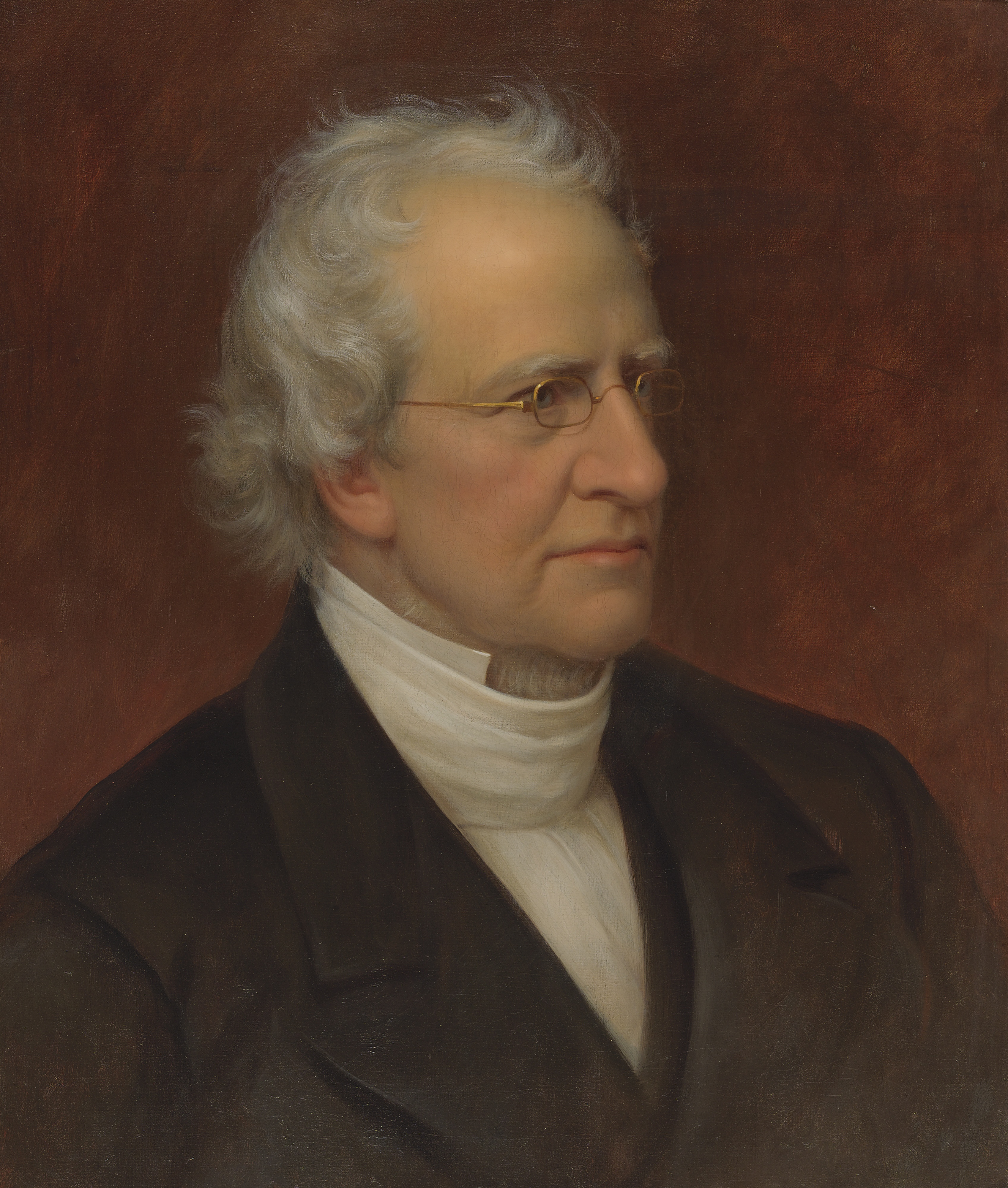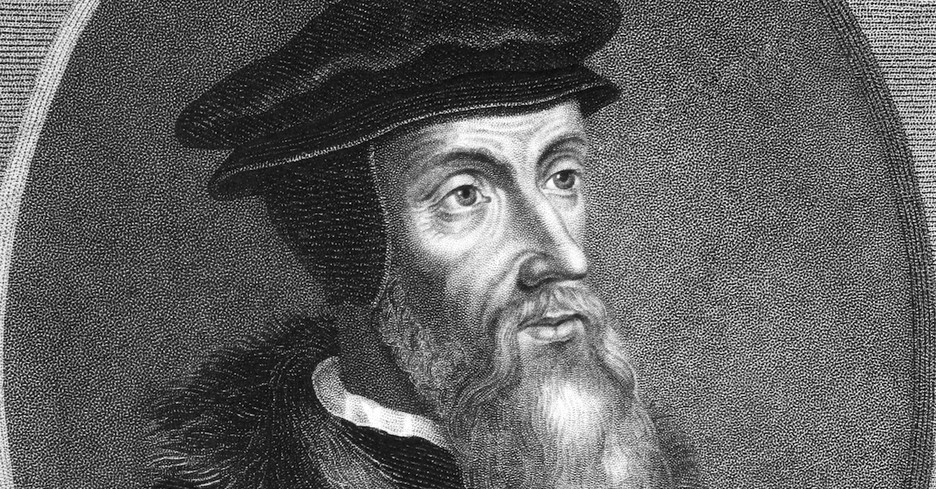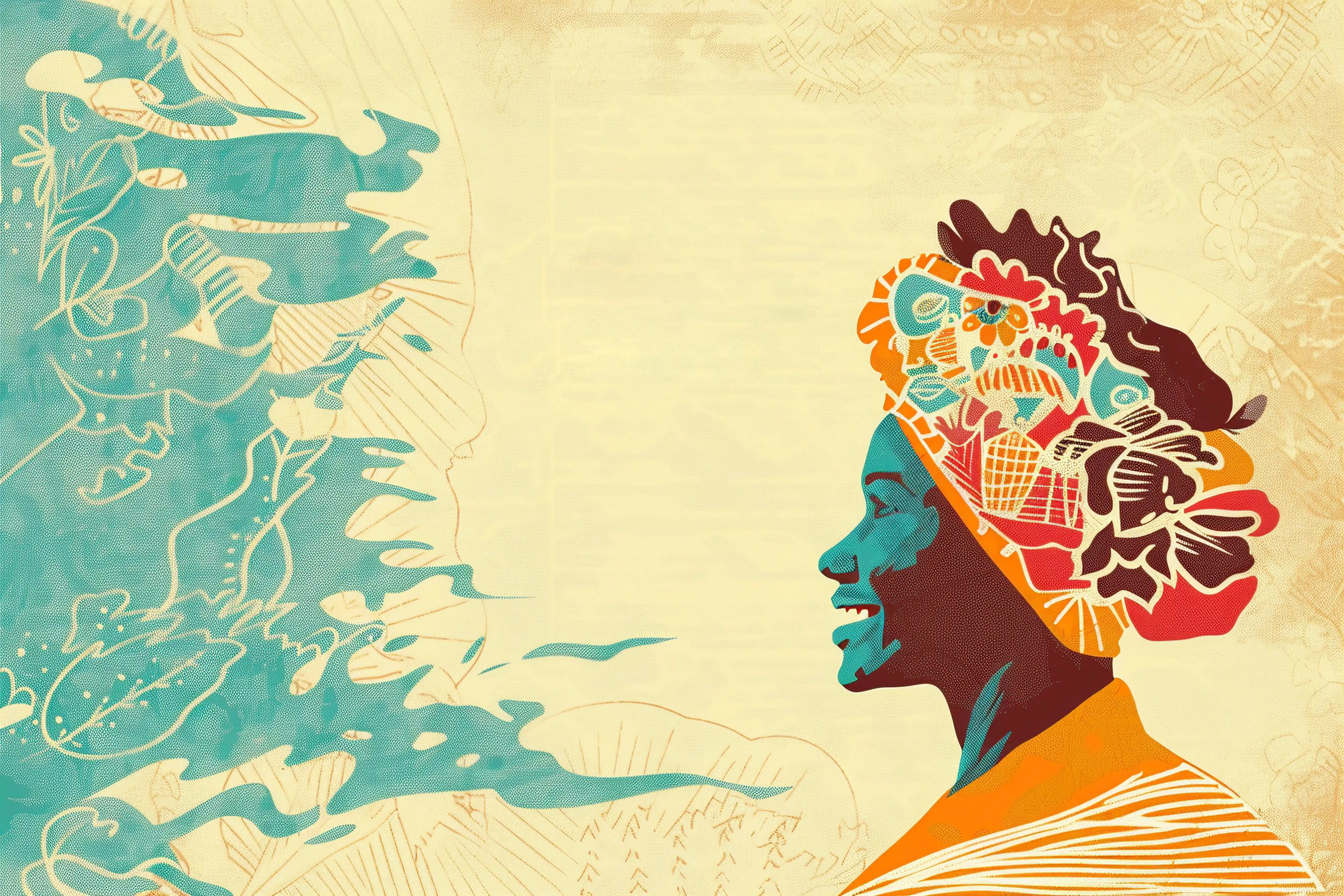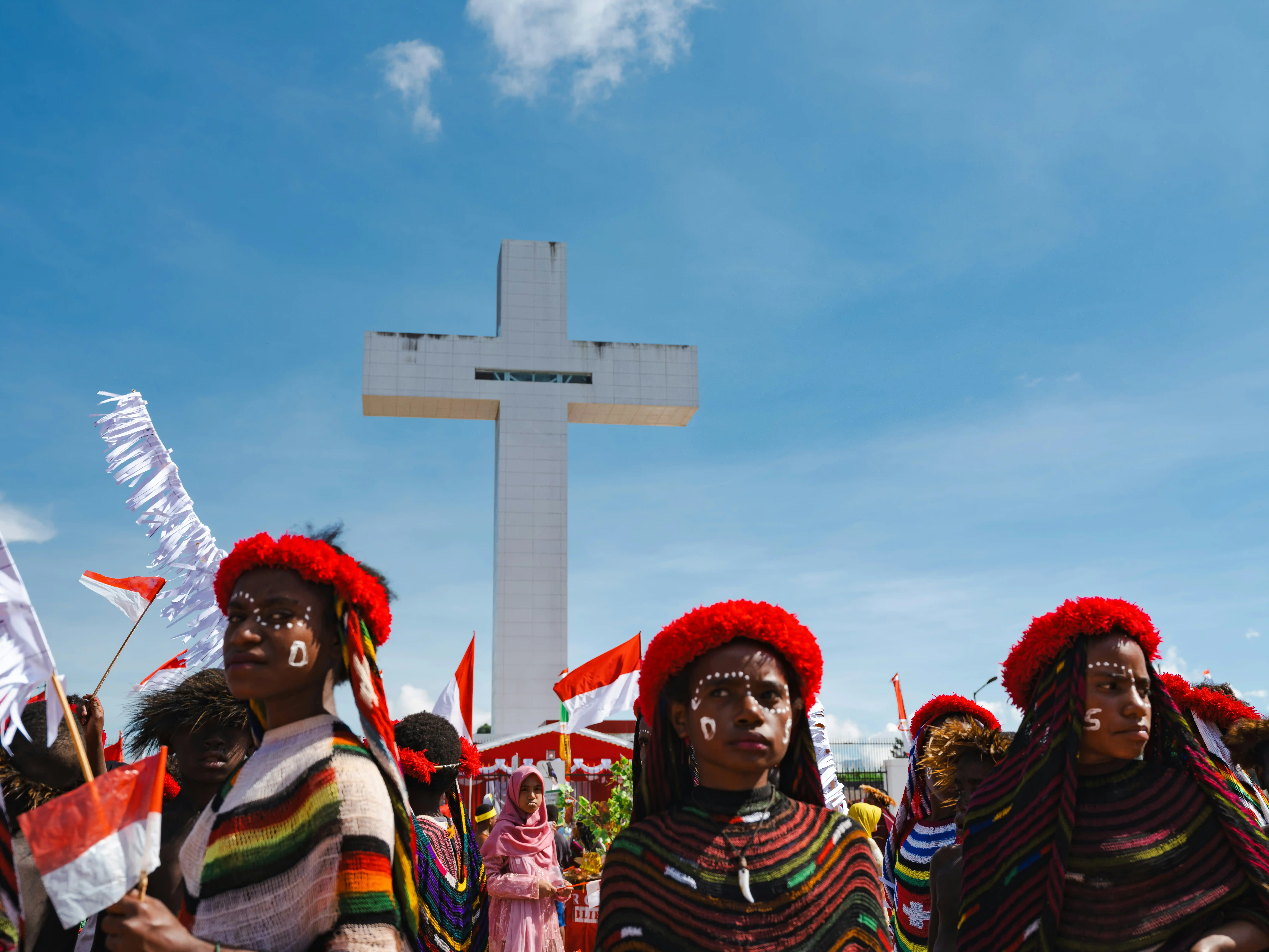What is the reflection of Hodge concerning the nature of Christ, particularly in solving the two nature –one nature controversy and communication of the properties of these two natures in one person Christ?
Hodge’s discussion of the substance of the nature’s of Christ as to their communication encompasses a wide range of references from Chalcedon up until our time. Under his topic of the Hypostatical union he first put the principle “that which is divisible cannot be indivisible; that which is finite cannot be infinite”. He also reinforced this principle saying, “the attributes of one substance cannot be transferred to another”.
- TFollowing the frame of this principle Hodge said that ‘the two natures, human and divine in Christ are two distinct natures. He also affirmed that such has been the belief of the church universal. The Creeds, key church fathers and theologians, the reformation Creeds coherently assert this thought to be true and orthodox, according to Hodge.
Christ is not one person and another but one nature and another. As to the communication of these two natures, Hodge said, firstly they operate under one person; secondly they are united but not mingled or confounded.
Mingling or confinement, Hodge said, is impossibility, because the properties in question are incompatible. We cannot mingle mind and matter so as to make a substance which is neither mind nor matter, but spiritual matter, for that would be a contradiction. It would amount to unextended extension, tangible intangibility, or visible invisibility. In all Christian creeds therefore, it is declared that the two natures in Christ retain each its own properties and attributes.
Hodge also underlined that the union happened as a personal union not through a transfer of attributes of one nature to the other. He said, if divine attributes be conferred on man, he ceases to be man; and if human attributes be transferred to God, he ceases to be God.
The Scriptures teach that the human nature of Christ remained in its integrity after the incarnation; and that the divine nature remained divine. It was a divine person, not merely a divine nature that assumed humanity, or became incarnate.
If so, what really occurred upon to the nature of Christ after the hypostatic union? Hodge said the natures communicate through one person, meaning what ever may be affirmed of either nature may be affirmed of the person. Whatever deed or whatever says is a deed or a say to the ‘theanthropos’ (God-man)..
Right after this, Hodge went on to discuss the scriptural passages. In his discussion he has seen that all passages speak about one common person but sometimes in a divine predicate like when its says “before Abraham was I am…”, or sometimes in a human predicate when it says “god died” or “God poured his blood, ate, slept etc” or a theontrpic predicate when the acts are the acts of God-man.
I see this a bit different. Acts of Christ, be it divine or human is performed under one person. There is no confusion of nature while Christ acts as it is the same one person who is acting in any circumstance. The two natures still retain their identities but operate under one person. For example, when Christ suffered, the divine person suffered but not the divine nature. This principle equally applies to worship. When he receives worship the “he” refers to his person not to one of his natures.
With this stance Hodge’s analysis affirms the creeds and the reformed theology against the errors in the early Church such as; the Arian, the Ebionitic, the Gnostic, the Apollinarian, the Nestorian, the Eutychian, and the Monothelite, as well as the peculiar Lutheran doctrine introduced at the time of the Reformation.
Generally, after doing holistic evaluation of the development of the doctrine of Christ, Hodge re-asserted the orthodox doctrine, saying; the whole Christian world has believed, and still does believe, that Christ was a true man; that He had a real body and a human soul.
The Council of Chalcedon in formulating this article of the common faith, declared that Christ was, and is, God and man in two distinct natures and one person forever; that according to the one nature He is consubstantial (ὁμοούσιος) with us, and according to the other He is consubstantial with the Father.
Christ’s one person in two distinct and never confused natures, acting under one person, never inter-affected nature wise, but inter-affected through the union of a person is something which should be nailed in this research also.
But this research hints a step further than this foundation without denying the facts given above.
During the incarnation some acts of the divine should necessarily be terminated in a non- action manner, without being changed or without being affected attribute wise. A simple case here is when Christ was on this earth, before the resurrection, he has never been to heaven and earth at the same time, as his movement was limited within the boundary of Galilee, Judea and Samaria. This is very true in the Gospels but no single scriptural evidence for his travel to heaven.
His ability to be everywhere is not changed but temporarily non-activated, so as to accomplish the goal of soteriology through suffering and death. The same principle applies to his knowledge where he clearly said ‘the Son doesn’t know the end of the ages’.
Some passages seem to hint that Christ was crossing the boarders of the human dimension towards heaven even during his incarnation time (Jn 3:13). But this text is all about his knowledge of heaven rather than a double movement.
The whole New Testament teaches us that during the incarnation Christ has never been beyond the boarders of Jerusalem, Judea, Galilee, leave alone crossing space to heaven or so except through his dependence or prayer to the father, during his incarnation.
Hodges stand is basically for what he calls “the first principle”. He said, any theory, therefore, which assumes that God lays aside his omnipotence, omniscience, and omnipresence, and becomes as feeble, ignorant, and circumscribed as an infant, contradicts the first principle of all religion, and, if it be pardonable to say so, shocks the common sense of men.
This assertion of Hodge is faithful to what is just believed rather than being faithful to the New Testament incarnation story where Christ was practically limited as any human being, obviously with no change to his divine power, except temporarily locked in non- action.
If God’s unlimited power was actively working during the incarnation, instead of limitedness, then the suffering of Christ and His death was simply a fake. That is where this research has extended to. This never implies that Christ ceased to be God. He was, He is and He will be. But Christ willfully made some of his divine powers to be switched off temporarily for the sake of effective soteriology.
Hodge asserted that attributes cannot be transferred, added or lost, without changing nature. Well, very true that attributes may not be lost, added but could be transferred and changed but not as far as mutability as the argument above sees change and mutability separately. Hodge believes God cannot assume human attributes. Why not or why he can’t? Is Jesus humanity a fake?
But this research hints a step further than this foundation without denying the facts given above.




